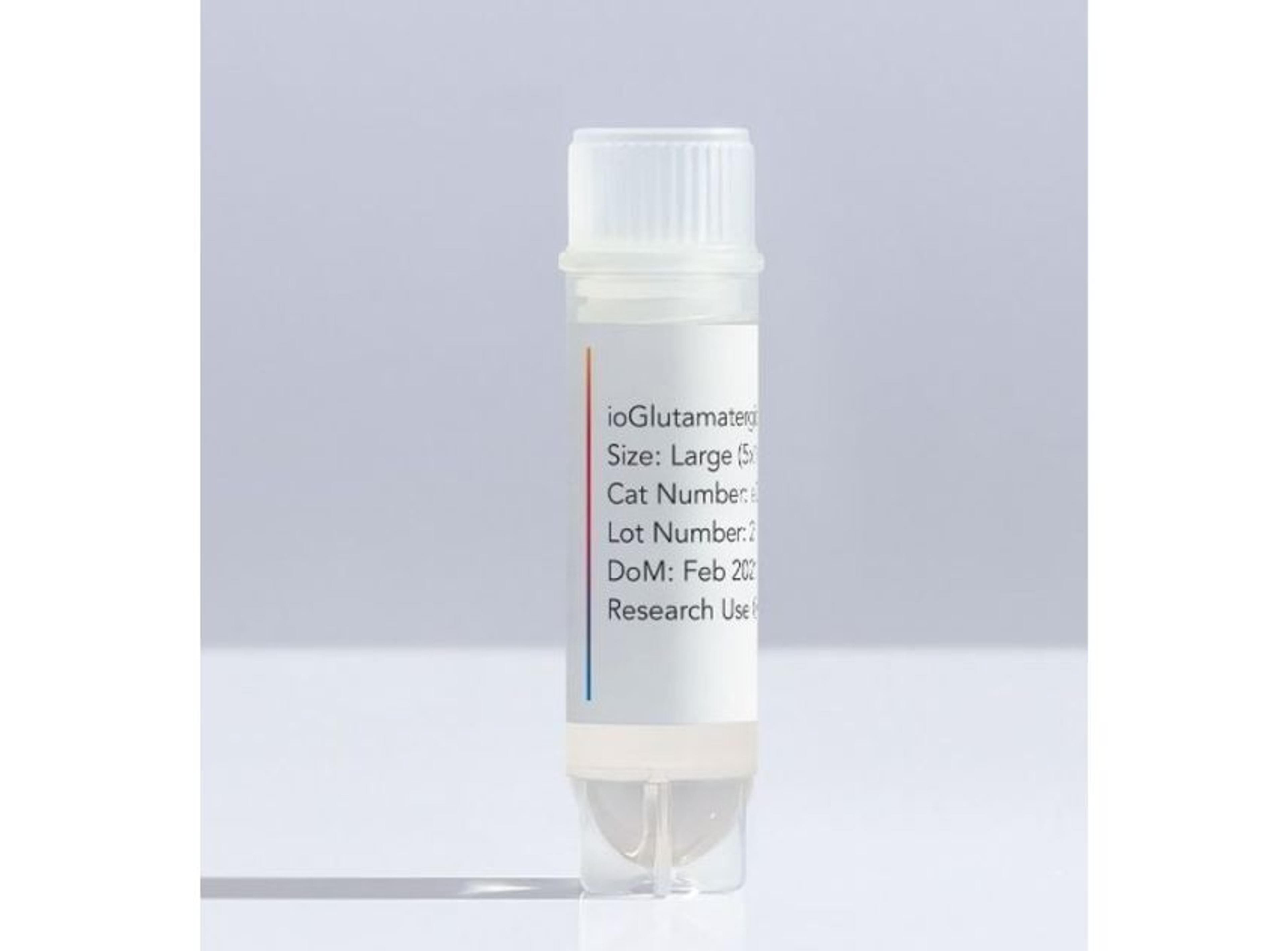bit.bio launches Huntington’s disease human cell model
First neurodegenerative disease model launched from bit.bio's new ioDisease Model portfolio.
15 May 2022
bit.bio, a synthetic biology company working on developing and providing every human cell type at scale, with the aim of transforming the research and medicine landscape, has launched their ioGlutamatergic Neurons HTT50CAG/WT cells to advance research and accelerate drug discovery for Huntington’s disease. This disease model, one of the first of its kind to be commercially available, accurately reflects the genetics of the disease.
This is the pioneer product from bit.bio’s new ioDisease Model portfolio, a range of cells that have specific disease-associated mutations, that can replicate human diseases in vitro and can be matched to an isogenic wild type control. The cells are induced pluripotent stem cell (iPSC)-derived, generated using bit.bio’s opti-oxTM1 precision cellular reprogramming technology in combination with CRISPR/Cas9-based gene editing.
Huntington’s disease is an inherited neurodegenerative condition that affects approximately 5 to 10 out of every 100,000 people2. It is caused by specific mutations in the huntingtin gene, specifically ≥ 40 repeats of a ‘CAG’ DNA sequence. The mutation negatively impacts a range of neuronal cells in the brain, resulting in irreversible damage.
There is no known cure for Huntington’s disease, and the precise underlying mechanisms remain poorly understood. There are limited treatment options for patients that only minimize the impact of symptoms. Until now, it has been difficult for scientists to engineer the specific disease-causing mutation in cells. Having the right disease model can facilitate the study of potential mechanisms and identify therapeutic approaches.
By introducing a stable 50 ‘CAG’ repeat mutation in the Huntingtin gene in wild type ioGlutamatergic Neurons, bit.bio has developed a consistent, scalable cell model that replicates the disease in vitro. Their ability to rapidly mature to glutamatergic neurons, along with their unprecedented scalability and batch-to-batch reproducibility, also makes them ideally suited to high-throughput screening applications.
Using ioGlutamatergic Neurons HTT50CAG/WT and wild type ioGlutamatergic Neurons (that do not possess the mutation) in drug discovery allows the life science community to study the effects of novel treatments in a disease-relevant system with a genetically matched control. Being able to compare data from the disease cell model to those of the genetically matched control offers the potential to identify and investigate the effects of the CAG trinucleotide repeat expansion.
Want the latest science news straight to your inbox? Become a SelectScience member for free today>>

